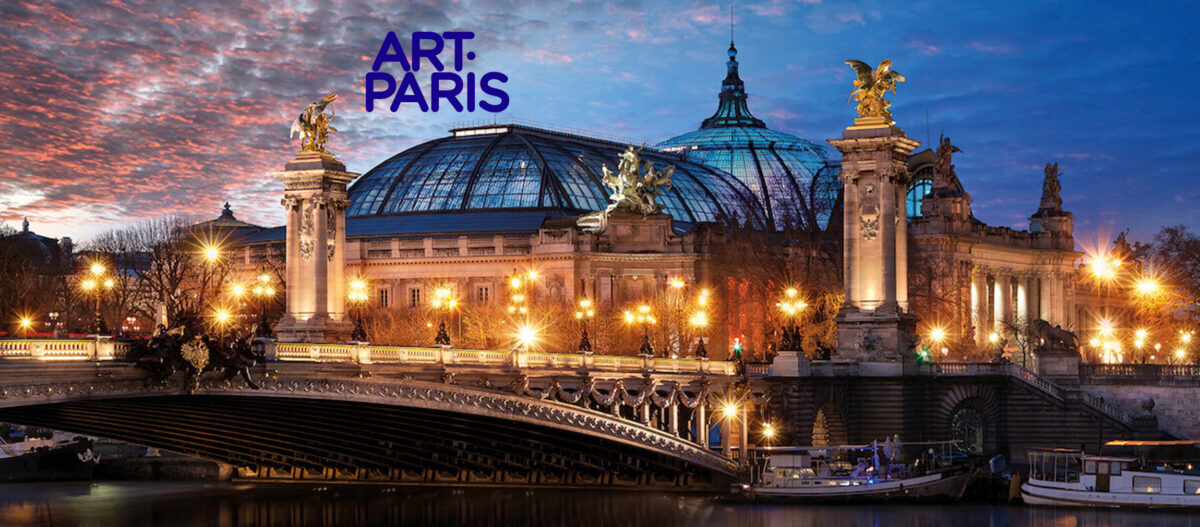Le Corbusier
1887 - 1965Architect, urban planner, painter, writer, sculptor, guardian figure of the modern movement, Charles-Édouard Jeanneret-Gris, known as Le Corbusier, left his mark on the many artistic media he took on. A total and prolific artist and a tireless explorer of aesthetic and social issues, Le Corbusier placed his work at the heart of modernity and the search for a synthesis of the arts.
At the end of the First World War, the Purist period was the result of a critical interpretation of the Cubist lesson that led to the publication of an essay, “Après le cubisme,” in 1918. Promoting a new, more rigorous and orderly aesthetics, Le Corbusier essentially produced still lifes representing everyday objects. The forms are simplified, the compositions seen from the front, reminiscent of architectural drawings, and the forms are represented with the help of large squares of colour, balanced between dark and light masses.
The Purist period ended around 1925-28, at the same time as his friendship with Ozenfant. Then comes the period characterised by the “poetic objects,” which was freer and more personal. Manufactured objects gradually gave way to multiple objects drawn from nature: pebbles, shells, ropes, pieces of wood. The forms are rounded, softer, and more organic, accompanying the arrival of the female figure. Using a wide variety of techniques, including collage, which he discovered during this period, Le Corbusier produced many drawings, often involving several female and landscape elements. These compositions, which undeniably exude an atmosphere of sensuality, ultimately celebrate the beauty and poetry of nature.
After the war, Le Corbusier extended his artistic activity to other fields, including tapestry and sculpture, in collaboration with craftsmen, such as the cabinetmaker Joseph Savina, who produced works in direct carving under his instructions. In parallel with his growing activity as an architect and urban planner, Le Corbusier intensified his artistic practice, notably by means of collage, which became central led to numerous new experiments. In his painting, his vocabulary became enriched with new themes, such as that of the open hand, which played a central role in his project of Chandigarh, the new capital of Punjab, which he designed. The theme of the bull, especially the Minotaur, drawn from Mediterranean mythology, also made its appearance at the turn of the 1950s. An emblematic and exceptional symbol of this last decade, it was the basis for nineteen large format paintings, as well as for a set of tapestries and collages.
Read more

Le Corbusier in his studio, 24 rue Nungesser et Coli in Paris © Fondation Le Corbusier
“Each day of my life has been dedicated in part to drawing. I have never stopped drawing and painting, seeking, where I could find them, the secrets of form.”
Le Corbusier

Le Corbusier's studio during his lifetime ©Fondation Le Corbusier
“Architecture is the masterly, correct and magnificent play of masses brought together in light. Our eyes are made to see forms in light; light and shade reveal these forms; cubes, cones, spheres, cylinders or pyramids are the great primary forms which light reveals to advantage; the image of these is distinct and tangible within us without ambiguity. It is for this reason that these are beautiful forms, the most beautiful forms.
Le Corbusier, Vers une architecture, éd. G. Crès, 1924, p. 16
Everybody is agreed to that, the child, the savage and the metaphysician.
”

Le Corbusier's studio after renovations ©FLC ©Chatillon Architectes ©G de Laubier
Artworks
Le Corbusier
Garder mon aile dans ta main et trois taureaux, 1960
Collage of gouached papers, of Salubra papers, of black paper and ink on paper
56,7 x 72,6 cm | 22 3/8 x 28 5/8 in.


Le Corbusier, Taureau XII - version avec lampe et charpente
February 12th, 1956
Le Corbusier, Îcone - portrait d’Yvonne Le Corbusier
1948
Exhibitions
Art Fairs
Artists
- Karel Appel
- Victor Brauner
- Alberto Burri
- Alexander Calder
- Lynn Chadwick
- Geneviève Claisse
- Claudine Drai
- Jean Dubuffet
- Jorge Eduardo Eielson
- Sam Francis
- Simon Hantaï
- Hans Hartung
- Le Corbusier
- Fernand Léger
- Mao Lizi
- Georges Mathieu
- Alicia Penalba
- Serge Poliakoff
- Judit Reigl
- Jean-Paul Riopelle
- Gérard Schneider
- Pierre Soulages
- Geer van Velde
- Victor Vasarely
- Bernar Venet
- Claude Viallat
- Maria Helena Vieira da Silva
- Ossip Zadkine












